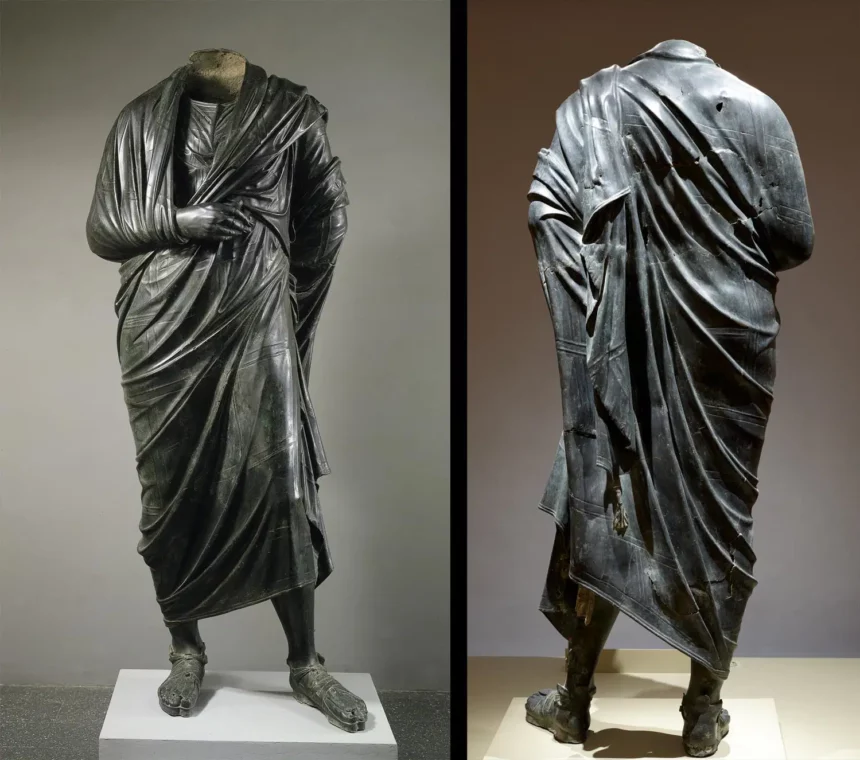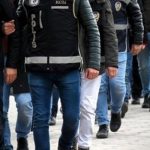The Cleveland Museum of Art has agreed to return a bronze statue acquired in 1986 to Turkey following scientific confirmation of its origins. Soil sample analysis has verified that the figure was discovered at Bubon, an ancient site in Turkey, and was originally part of a collection of imperial statues. For many years, the headless statue was thought to represent Roman Emperor Marcus Aurelius.
The Looting of the Bubon Bronzes
The Manhattan District Attorney’s Office detailed how the looting of the Bubon bronzes unfolded. In the 1960s, individuals from a village near Bubon began plundering a Sebasteion, a shrine containing monumental bronze statues of Roman emperors. These looted artifacts were then sold to smugglers operating out of Izmir, a coastal city in Turkey.
The antiquities were trafficked by Switzerland-based dealer George Zakos and New York-and-Paris-based dealer Robert Hecht. The statues were smuggled to Switzerland or the United Kingdom before being transported to the United States and other European destinations. In the U.S., New York dealers such as Jerome Eisenberg’s Royal-Athena Galleries and the Merrin Gallery facilitated the laundering of these artifacts by displaying them in museum exhibitions and academic publications, crafting false provenances and increasing their perceived legitimacy and value.
Connections to Other Looted Artifacts
George Zakos was previously implicated in the Lydian silver treasure, which was returned to Türkiye by the Metropolitan Museum of Art in New York. Additionally, he handled the Sion Treasure, which was acquired by Dumbarton Oaks, and three terracotta antefixes housed in the Metropolitan Museum of Art. These antefixes (accession numbers 1992.36.1, 1992.36.2, and 1992.36.3) are believed to have originated from the Panionion on Mykale in Turkey.
Academic Research and Legal Recognition
The Manhattan DA’s Office has acknowledged the work of Dr. Elizabeth Marlowe, whose research on the Bubon bronzes has been instrumental in identifying their origins and exposing the illicit antiquities trade.
The return of the Bubon bronze marks another significant development in the ongoing efforts to repatriate looted artifacts to Turkey, reinforcing international cooperation in protecting cultural heritage.
Source: Looting Matters



